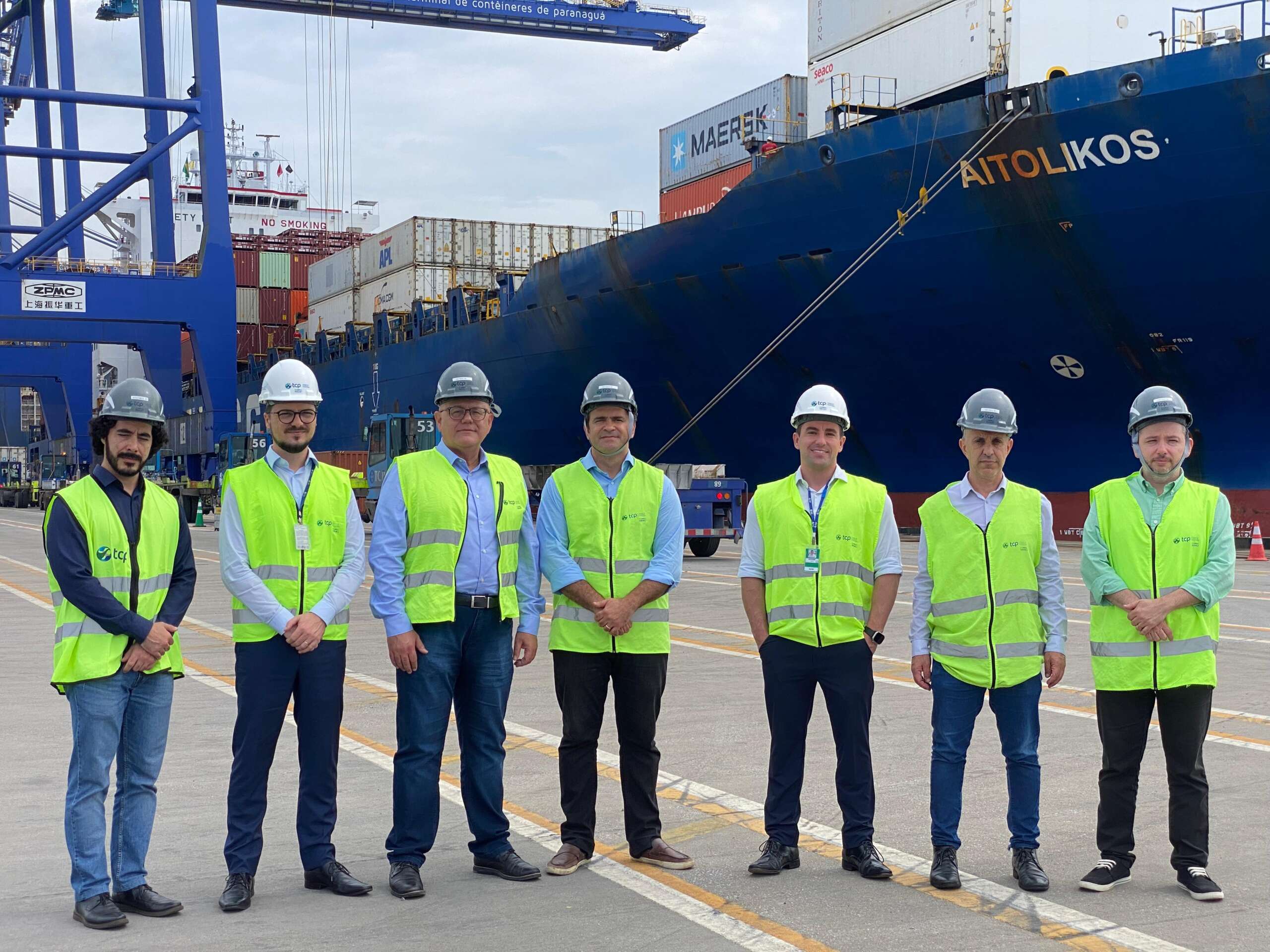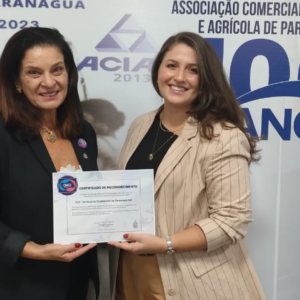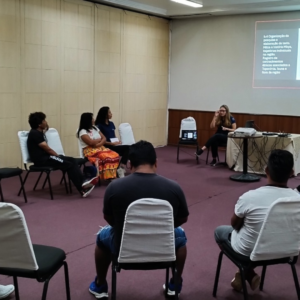Representatives of the state rail plan working group were also present and got to know the Terminal’s operations
On Tuesday morning (16), TCP, the company that manages the Paranaguá Container Terminal, received a visit from the National Secretary for Rail Transportation, Leonardo Ribeiro, and the Coordinator of the State Rail Plan Working Group, Luiz Henrique Fagundes, to see the Terminal’s operations and discuss the role of the project to expand and renew the national rail network, which includes Nova Ferroeste, within the context of port logistics.
With the aim of extending the Paraná Oeste S.A. Railway, which is currently just over 200 kilometers long, Nova Ferroeste plans to cover 1,567 kilometers, connecting the municipalities of Maracaju (MS) and Paranaguá, as well as creating a branch line between Foz do Iguaçu and Cascavel and between Chapecó (SC) and Cascavel, thus becoming the second largest grain and container corridor in the country.
The national secretary for rail transport, Leonardo Ribeiro, pointed out that “the on-site visit facilitates decision-making, allowing us to understand the best design for the railroad so that we can boost the country’s economic and social development, reducing the cost of logistics and resolving issues such as urban conflicts”.
During the visit, the participants were introduced to TCP’s structure and were able to follow operations on the quay, in the yard and on the railroad, the only one in southern Brazil with direct access to the primary zone inside the terminal. “The rail modal is extremely strategic for TCP, as it results in greater customer loyalty, since it offers greater predictability and operational reliability, as well as a reduction in logistics costs,” explained Giovanni Guidolim, TCP’s commercial, logistics and service manager.
“In addition, expanding the flow of rail transport is directly linked to our strategy and current market trends in terms of sustainability, due to the reduction in greenhouse gas emissions and the number of trucks on the roads, improving the flow of traffic in Paranaguá,” said Rafael Stein Santos, TCP’s institutional and legal manager.
In the first quarter of 2024, the Paranaguá Container Terminal handled 295,384 TEUs (20-foot-long containers), a record volume of full and empty containers for the period, 17% of which were handled exclusively by rail.
Luiz Henrique Fagundes, coordinator of the Paraná State Railway Plan, said that “the constant growth in grain and container exports through Paranaguá requires us to be able to meet this demand with investments in infrastructure. With greater logistical efficiency, the production chain enjoys a reduction in cost and can transfer this to price, resulting in the conquest of new markets, bringing margins that will allow for greater reinvestment and, consequently, greater job creation.”
Fagundes also pointed out that the direct connection between the terminal and the railroad gives it a competitive advantage over its peers in Brazil and spoke of the increase in the number of sockets in the reefer yard, an area for refrigerated containers, such as those used to store frozen meat, the main cargo handled by TCP. “This capacity available at TCP makes it an exponent within Brazil’s export chain.”
With 5,628 sockets, TCP should position itself as the largest refrigerated container yard in all of South America.



